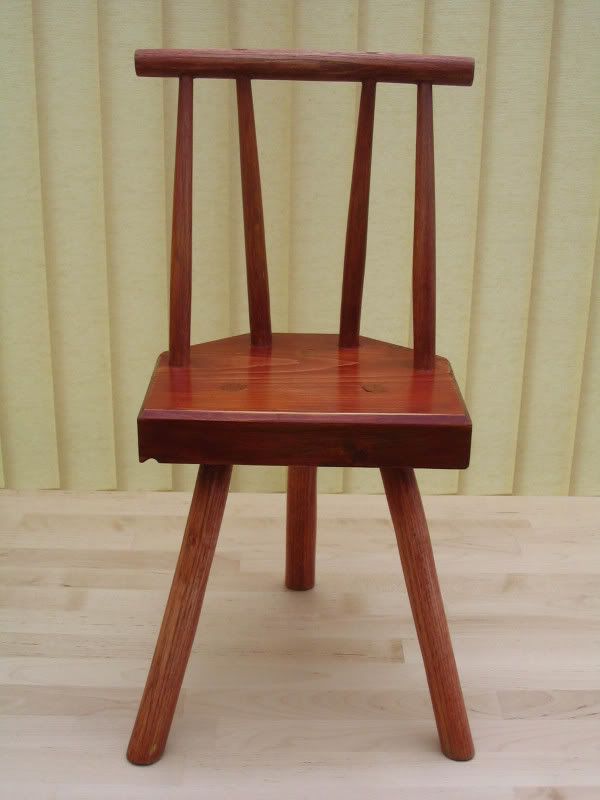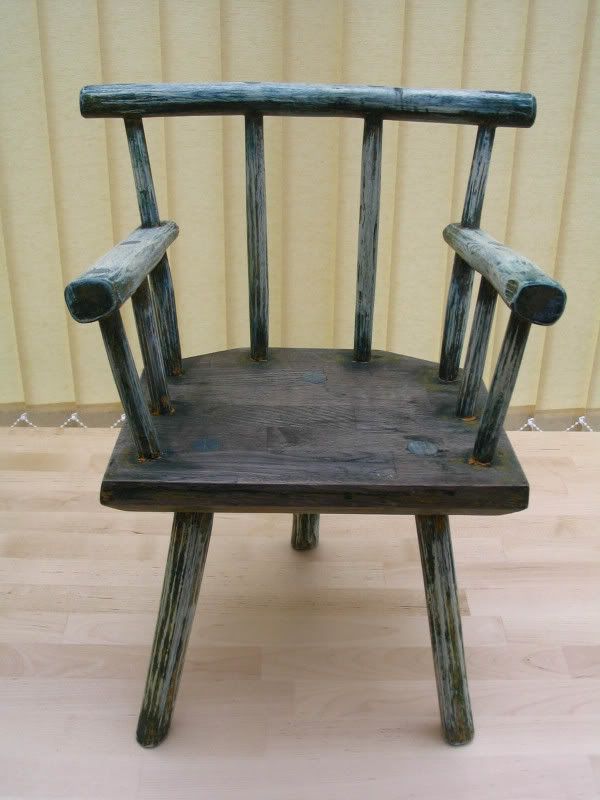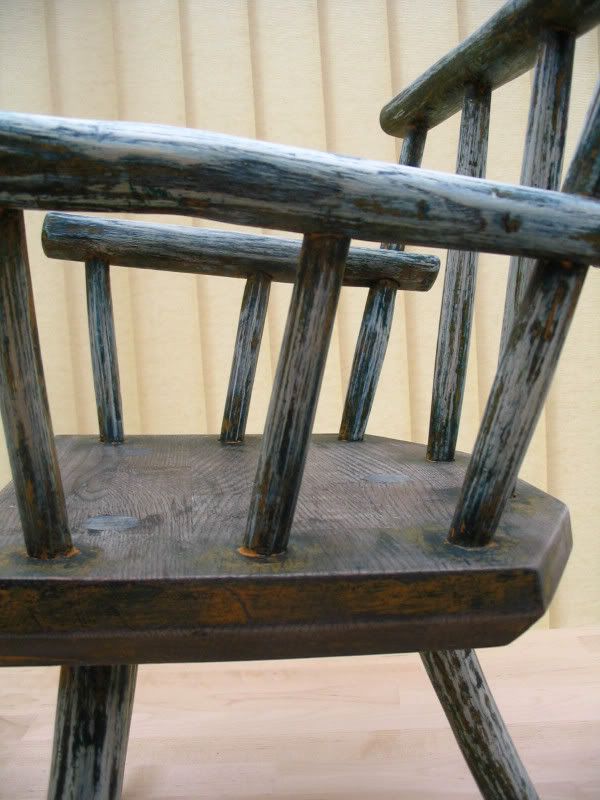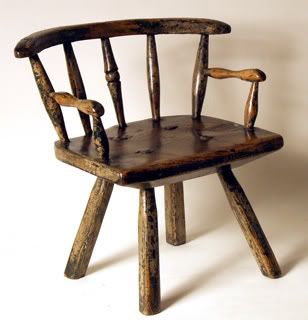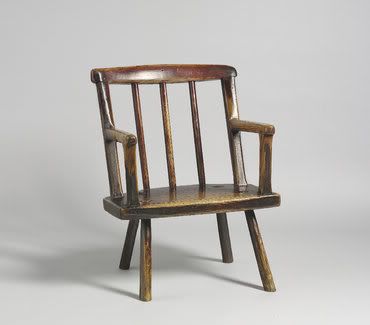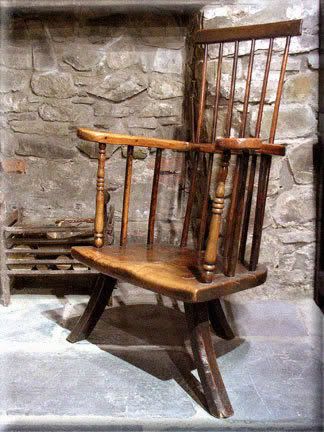Has any one ever used coppice poles or other thinings to make rustic type log furniture? I am very familiar with using split ash or oak from larger mature standard tree's to make chair component's, but have no experience with using coppice poles (eg hazel or ash ones; I was thinking round mortice and tennon construction) Also does any one know if coppice poles work with plank seat slab and stick type construction, is there enough tensile strength in a sapling or does the wedging weaken them?
Cheers Jonathan
Cheers Jonathan





